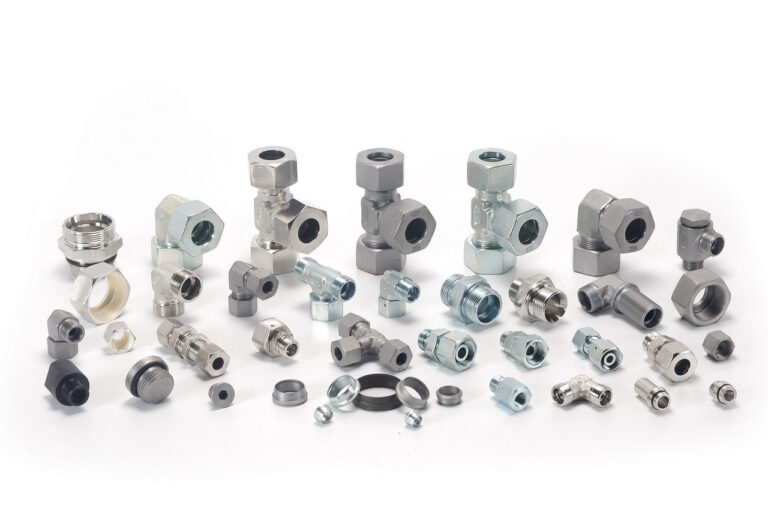
The company manufactures high-quality tube couplings, adaptors, pipe flanges, diagnostic couplings, and allied control valves under the brand name Hyloc for more than 50+ years.


Tube fittings are a type of mechanical component used to connect two or more tubes, pipes, or hoses. They are commonly used in various automotive, aerospace, machine tools and construction equipment manufacturing industries.
One of the main features of tube fittings is their versatility. They can connect many tube sizes and materials, including steel and stainless steel. This allows them to be used in various applications, from large-scale projects to small-scale plumbing installations.
Another critical feature of tube fittings is their durability. They are designed to withstand high pressure and temperature levels, making them suitable for use in a wide range of environments. This makes them a reliable choice for applications requiring a robust and long-lasting connection.
One common application for tube fittings is in the Hydraulics of machine tool industry, where they connect various components in a machine.
There are many different types of tube fittings available, each with its own unique features and applications. Some of the most common include:
Overall, the main advantage of using tube fittings is that they provide a secure and reliable way to connect, control, and direct the flow of fluids in a tubing system. This allows for efficient and safe operation in a variety of industries and applications.
On the other hand, pipe clamps are mechanical devices, which supports the tubes. They are typically made up of Polypropylene, Aluminum etc., and are designed to provide a robust support.
“Take the first step and make it happen!” For any help and query email us to sales@hyloc.co.in
Call Now: +91 9686059806

The company manufactures high-quality tube couplings, adaptors, pipe flanges, diagnostic couplings, and allied control valves under the brand name Hyloc for more than 50+ years.
